Description
The womb nurtures the generation to come. Reproductive health is given prime importance in the Ayurvedic scriptures. Phalasarpis is a formula traditionally used to strengthen the womb in women and ensure a healthy womb.
‘Ghrita’ or medicated ghee harnesses the healing properties of herbs and roots in a nourishing fat base. Ayurveda attributes ‘Sookshma’ property to Ghrita, i.e. it is capable of reaching deep into tissues, and heals from within. It is perfectly suitable for long-term use in sustaining the effects of treatment in a body and preventing relapse.
Adult: 10-15 ml of Phalasarpis, early morning on empty stomach, or at bedtime, followed by half a glass of lukewarm water, as recommended by the Physician.
Child: 5-7 ml of Phalasarpis, early morning on empty stomach, or at bedtime, followed by half a glass of lukewarm water, as recommended by the Physician.
Key ingredients and their properties:
HAREETHAKI (Terminalia chebula)
Popularly known as Indian walnut for its innumerable benefits or Indian hog plum in English, it is extremely valuable for its role in improving hair health. It is useful for treating scalp infections like dandruff, itching and hair fall. It also strengthens them from the roots, prevents breakage and loss of hair and bestows silky soft, smooth hair. Chebulic Myrobalan is one of the three key ingredients in Triphala, a natural compound that provides overall support for digestive function and helps ensure that the digestive tract works at optimal levels. The Ayurvedic Pharmacopoeia of India has documented the use of the powdered herb in intermittent fevers and chronic fevers, anemia and polyuria. Chebulic Myrobalan can also be used to treat gastrointestinal and respiratory disorders.
AMALAKI (Emblica officinalis)
Commonly known as the Indian gooseberry, it is high in Vitamin C and natural antioxidants known as flavonoids and polyphenols. When used for hair treatments, it is found to strengthen and condition follicles down to the roots. Amla oil can promote hair growth, reduce dandruff, and prevent the greying of hair.
VIBHITHAKI (Terminalia Bellerica)
Known as beach almonds or Bedda nut tree, it is rich in Vitamin C, and other antioxidants that nourish the hair roots. Bibhitaki helps in making the roots of the hair stronger, minimizing hair fall and preventing premature greying of hair strands.
VACHA (Acorus calamus Linn)
Vacha is a traditional Indian medicinal herb, which is practiced to treat a wide range of health ailments, including neurological, gastrointestinal, respiratory, metabolic, kidney, and liver disorders. The root (rhizome) is used to make medicine. Despite safety concerns, the calamus is used for gastrointestinal (GI) problems, including ulcers, inflammation of the stomach lining (gastritis), intestinal gas (flatulence), upset stomach and loss of appetite (anorexia).
DARUHARIDRA (Berberis aristata)
Also known as Haldi, this vibrant yellow colored spice checks the worsening of Pitta doshas like jaundice. The powerful anti-inflammatory and antiseptic properties of turmeric help in evading infections and treats various skin conditions. Tree Turmeric is a revered herb in Ayurvedic medicine. Possessing antibacterial, anti-inflammatory, antipyretic and antiseptic properties, the herb is used as a stomachic, laxative and diaphoretic.
THAGARA ((Valeriana wallichii)
It calms the mind by interfering with brain chemicals (GABA) that communicate information between the nerve cells in the brain. Induces good sleep and reduced stress. Indian Valerian is recommended for the treatment of insomnia. It stimulates the central nervous system and reduces spasms and anxiety. Records have shown that the herb, which grows in abundance in the temperate Himalayan regions, has been medicinally used in the 16th century to treat trembling, delirium tremens, headaches and heart palpitations.
KATUROHINI (Picrorhiza kurroa)
Commonly known as Katuki, it is used to treat skin conditions including eczema and vitiligo, a disorder that causes white patches on the skin. It is considered to be an important detoxifying or liver degenerating herb. Consumed with either warm water or ghee, it can naturally protect the body from seasonal dangers. You can also try adding powdered Katuki to your meals to boost your health.
KUMKUMA (Saffron) (Crocus Sativa)
As suggested by the name, the main ingredient in this oil is the red thread-like pollen particles obtained from the vibrant purple coloured saffron flower, which goes by the botanical name Crocus sativus. Saffron threads rich in antioxidants are famous for lightening the skin colour and improving complexion. The potent warming and kantivardhaka properties of saffron normalises the Pitta and Vata doshas.
KUSHTAM (Saussurea luppa)
Kushtam, also called as Sausseria luppa is a well-used drug in Ayurveda that has good antiinflammatory and antibacterial property. It also helps in preventing infections. The roots contain retinoids, essential oils, alkaloids, insulin and other minor constituents like tannins and sugars. The root (containing both the essential oil and alkaloid saussurine) is used to treat asthma by relaxing the bronchioles. The relief obtained is comparable to that of conventional bronchodilators without side effects.
MANJISHTA (Rubia Cordifolia)
Manjistha or Indian Madder is considered to be one of the best blood-purifying herbs. It is mainly used to break down blockages in the blood flow and remove stagnant blood. Manjistha herb can be used both internally and externally on the skin for promoting skin whitening. It helps manage acne and pimples by inhibiting the growth of acne-causing bacteria due to its antioxidant property.
HARIDRA (Curcuma longa.)
The anti-inflammatory and antioxidant properties of Haridra assist in preventing the progression of diabetes-related changes in organs like the kidneys, retina, nerve cells and minute blood vessels in the body. The root of the herb, used either fresh or dried, has a host of medicinal benefits. It acts as a carminative and also enhances the complexion and skin tone. In addition, Turmeric can be used to combat liver damage, respiratory disorders and ulcers.
SHATHAVARI (Asparagus recemosa)
Called the “Queen Of Herbs”, Shatavari has been used for centuries as a hormone balancer and a general tonic to uplift female health and libido. Being a powerful adaptogenic herb, it not only relieves one from physical and emotional stress but also manages diabetes mellitus, prevents high cholesterol and triglyceride levels, and helps in the treatment of bacterial and fungal infections, oedema, infertility, depression and cancer.
ASWAGANDHA (Withanya somnifera)
Ashwagandha is commonly used for stress. It is also used as an “adaptogen” for many other conditions, but there is no good scientific evidence to support these other uses. Ashwagandha contains chemicals that might help calm the brain, reduce swelling (inflammation), lower blood pressure, and alter the immune system. The root contains steroidal compounds, which include the lactones Withaferin A and carbon-27-glycowithanolide, known collectively as the Withanolides. The Withanolides are responsible for the varied medicinal applications of the herb. Winter Cherry also contains a fair amount of alkaloids, including tropine, pseudotropine, isopelletrine, anaferine and saponins, which impart medicinal properties to the herb.
HINGU (Ferula asafetida)
Hingu, is an Indian spice used for flavoring the food and in herbal medicines for the treatment of digestive and mental ailment. However, flavouring food is not the main concern of hing spice. The main concern of using it in food is to prevent digestive ailment such as gas, flatulence, bloating and abdominal distension.


 Sign In
Sign In Cart
Cart 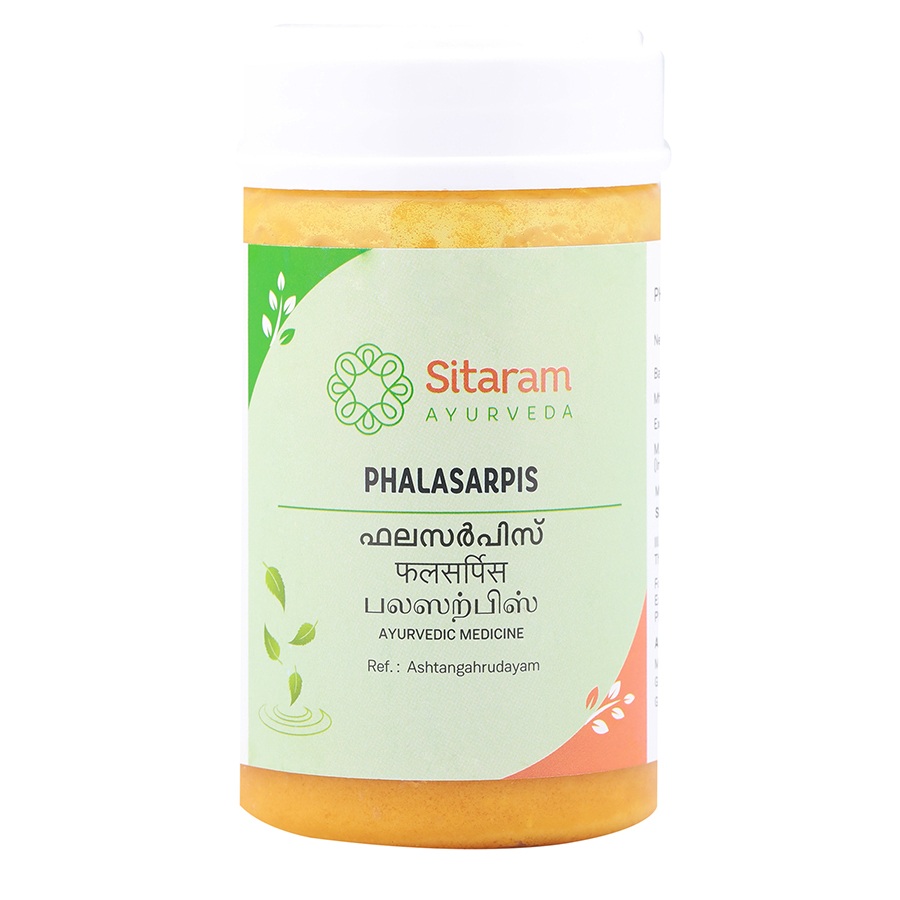
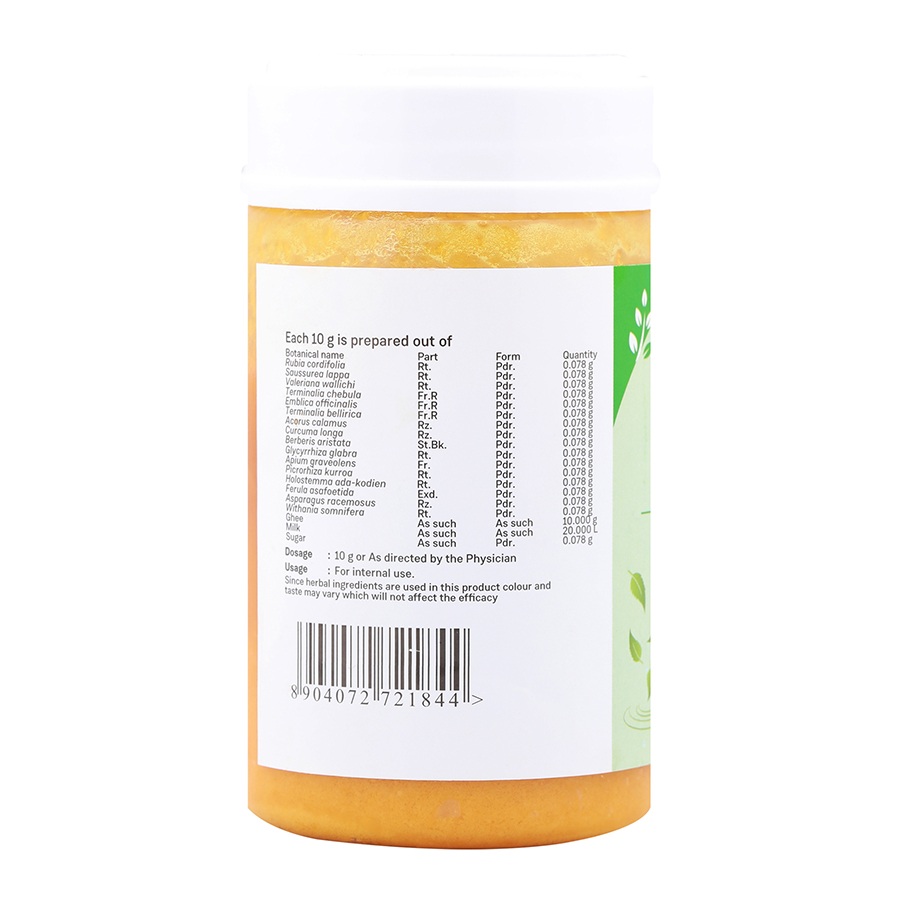
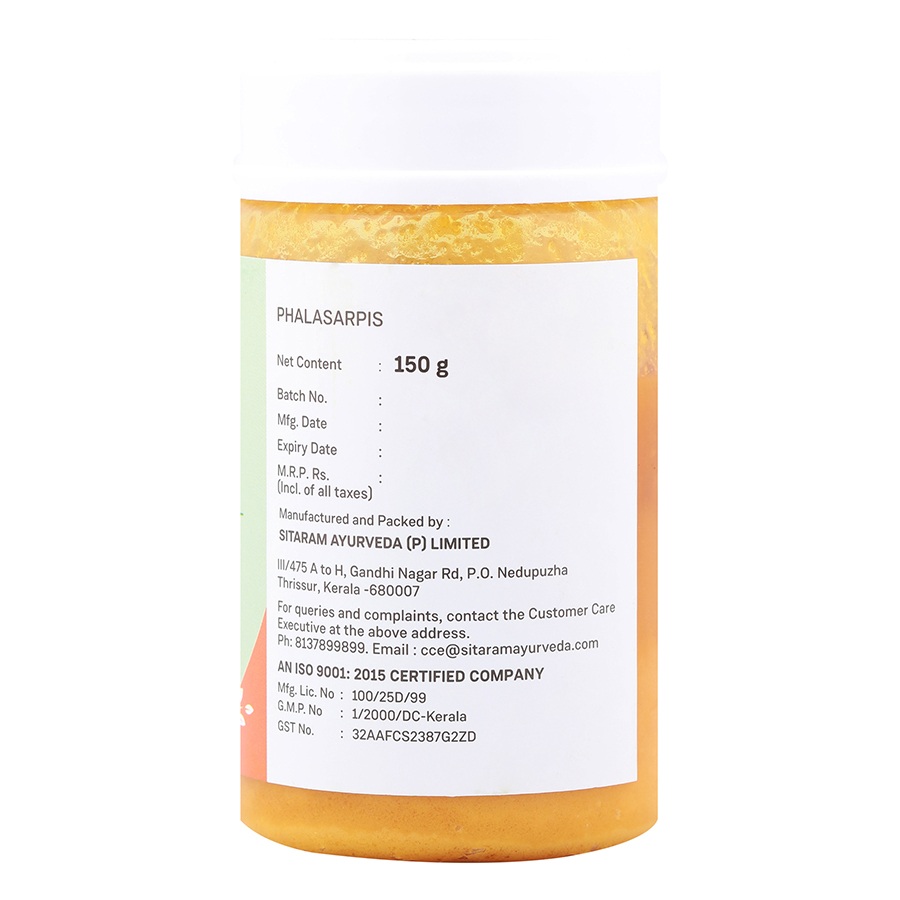
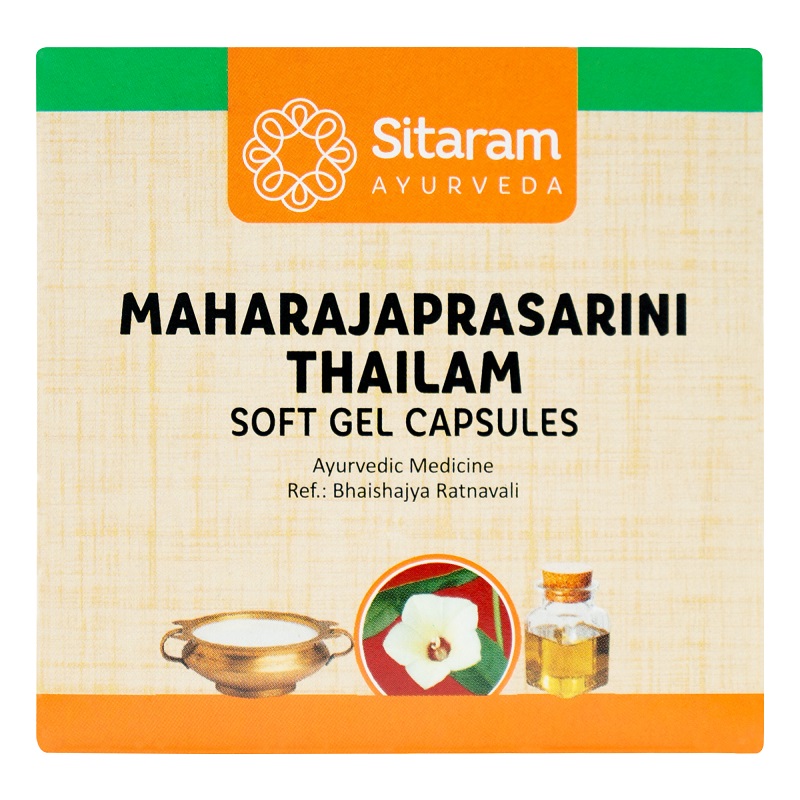
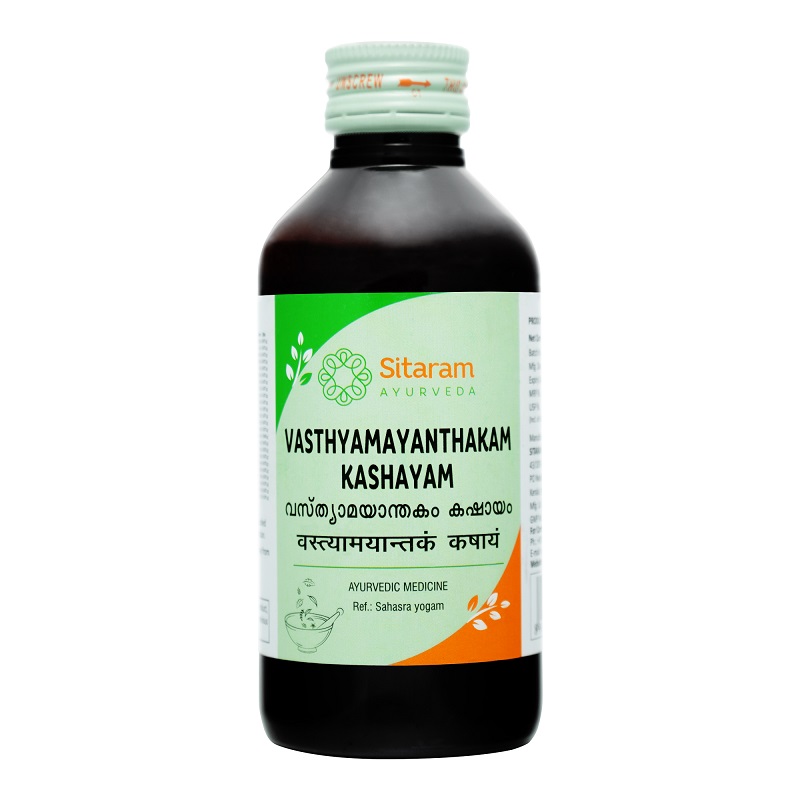
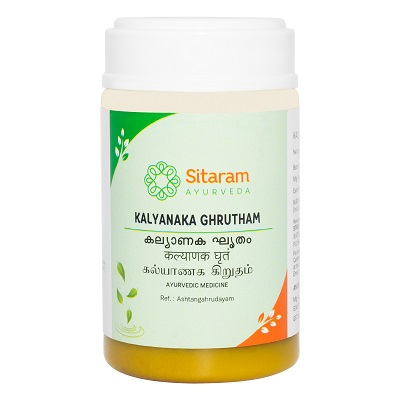
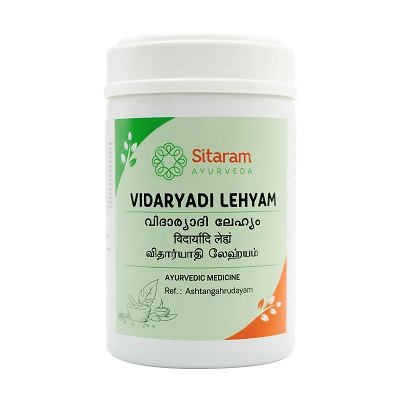
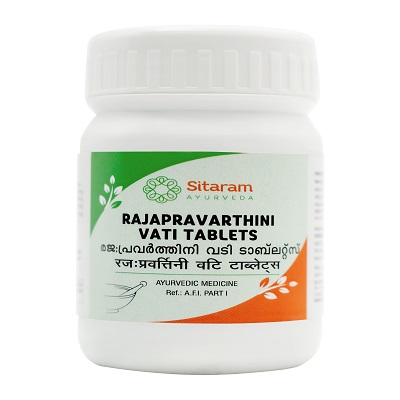
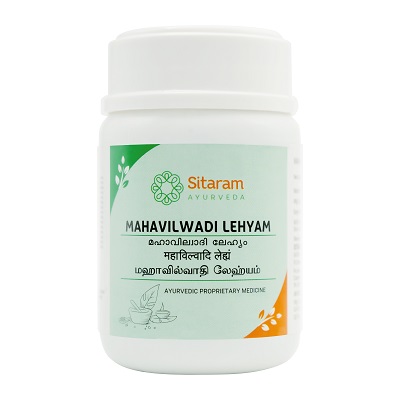
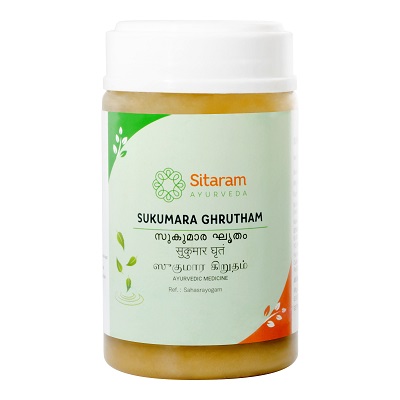
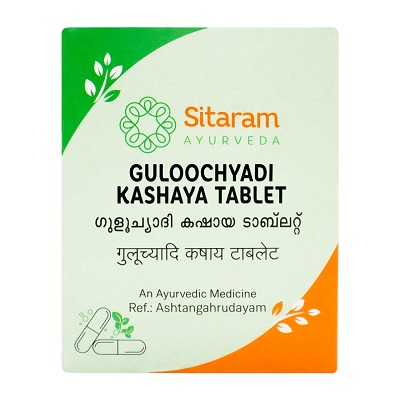
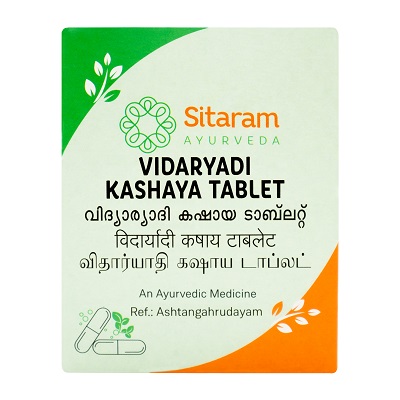
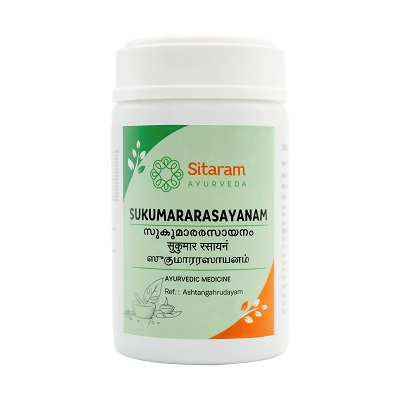
Deepak Singh (verified owner) –